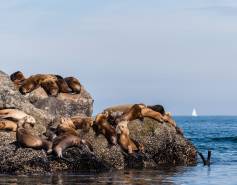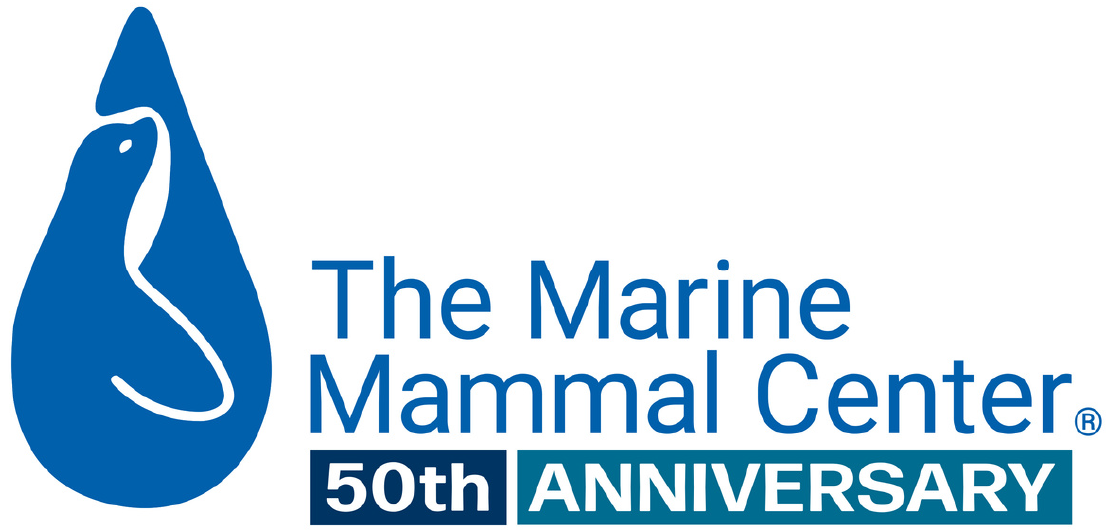
Emily Whitmer, DVM
Clinical Veterinarian
Recent Publications
{"image":"\/Animals\/Wild\/California sea lion\/csl-monterey-photo-c-bill-hunnewell.jpg","alt":"California sea lions on rock","title":"Identification of Candidate Protein Biomarkers Associated with Domoic Acid Toxicosis in Cerebrospinal Fluid of California Sea Lions","link_url":"https:\/\/www.marinemammalcenter.org\/publications\/identification-of-candidate-protein-biomarkers-associated-with-domoic-acid-toxicosis-in-cerebrospinal-fluid-of-california-sea-lions","label":"Research Paper"}

Research Paper
Identification of Candidate Protein Biomarkers Associated with Domoic Acid Toxicosis in Cerebrospinal Fluid of California Sea Lions
Read More{"image":"\/Animals\/Patients\/Harbor seals\/2024\/cropped-images\/hs-begonia-by-clive-beavis-c-the-marine-mammal-center-0-0-1270-992-1740410518.jpg","alt":"harbor seal","title":"Comparative pharmacokinetics of a single oral dose of meloxicam in the California sea lion and Pacific harbor seal","link_url":"https:\/\/www.marinemammalcenter.org\/publications\/comparative-pharmacokinetics-of-a-single-oral-dose-of-meloxicam-in-the-california-sea-lion-and-pacific-harbor-seal","label":"Research Paper"}

Research Paper
Comparative pharmacokinetics of a single oral dose of meloxicam in the California sea lion and Pacific harbor seal
Read More{"image":"\/Animals\/Patients\/California sea lions\/2025\/agrodolce-csl-photo-by-bill-hunnewell-c-the-marine-mammal-center.jpg","alt":"California sea lion","title":"An MRI protocol for anatomical and functional evaluation of the California sea lion brain","link_url":"https:\/\/www.marinemammalcenter.org\/publications\/an-mri-protocol-for-anatomical-and-functional-evaluation-of-the-california-sea-lion-brain","label":"Research Paper"}

Research Paper
An MRI protocol for anatomical and functional evaluation of the California sea lion brain
Read More